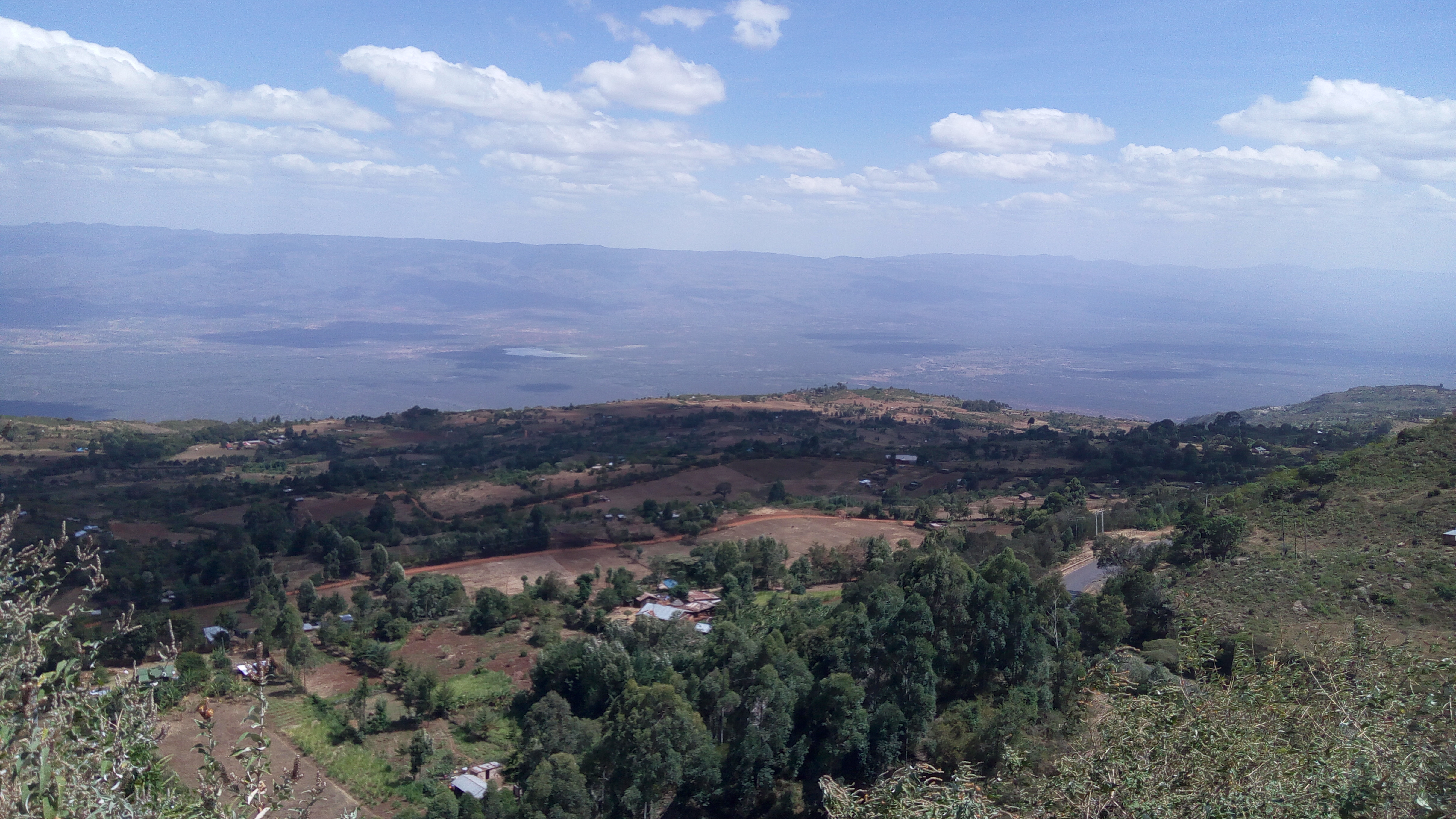|
Rimoi National Reserve
The Rimoi National Reserve is an animal conservation reserve that is located in the Elgeyo Marakwet County in Kenya. It is a relatively small reserve, covering 66 km2, and is protected by the Kenya Wildlife Service. It lies adjacent to Lake Kamnarock which has recently dried up and is part of a conservation area that is five larger than its size. Wildlife Traditionally the only large mammals in Rimoi and Kamnarok were elephants Elephants are the largest existing land animals. Three living species are currently recognised: the African bush elephant, the African forest elephant, and the Asian elephant. They are the only surviving members of the family Elephantidae and ..., which wander in and out and up and down the valley at will, in accordance with the availability of water and food. The elephants feed mainly at night. Smaller mammals include dikdik, impala, bush pig, warthog, monkeys, civet, genet, and pangolin. Reptiles include; crocodiles, Agama and other lizards, tor ... [...More Info...] [...Related Items...] OR: [Wikipedia] [Google] [Baidu] |
Elgeyo Marakwet County
Elgeyo-Marakwet County is one of Kenya's 47 counties. Elgeyo Marakwet County is located in the former Rift Valley Province. Its capital and largest town is Iten. It borders the counties of West Pokot to the north, Baringo County to the east, southeast and south, Uasin Gishu to the southwest and west, and Trans Nzoia to the northwest. Demographics The total population of Elgeyo-Marakwet County is 454,480 persons, of this 227,317 are females, 227,151 males and 12 intersex persons. There are 99,861 households in the county with an average size of 4.5 persons per household with a density population of 150 persons per square km. Geography, geology and topography The Kerio River binds the county on the eastern side. From its alluvial plain the topography gradually rises towards the west. The Elgeyo Escarpment stands out distinctly and causes elevation differences of up to 1,500 m. In the northern and southern part of the county the topography is rugged, giving way to mor ... [...More Info...] [...Related Items...] OR: [Wikipedia] [Google] [Baidu] |
Elephants
Elephants are the largest existing land animals. Three living species are currently recognised: the African bush elephant, the African forest elephant, and the Asian elephant. They are the only surviving members of the family Elephantidae and the order Proboscidea. The order was formerly much more diverse during the Pleistocene, but most species became extinct during the Late Pleistocene epoch. Distinctive features of elephants include a long proboscis called a trunk, tusks, large ear flaps, pillar-like legs, and tough but sensitive skin. The trunk is used for breathing, bringing food and water to the mouth, and grasping objects. Tusks, which are derived from the incisor teeth, serve both as weapons and as tools for moving objects and digging. The large ear flaps assist in maintaining a constant body temperature as well as in communication. African elephants have larger ears and concave backs, whereas Asian elephants have smaller ears, and convex or level backs. Elephants are ... [...More Info...] [...Related Items...] OR: [Wikipedia] [Google] [Baidu] |
Kenya Wildlife Service
Kenya Wildlife Service is a state corporation under the Ministry of Tourism and Wildlife established by an act of Parliament; Wildlife Conservation and Management Act CAP 376, of 1989, now repealed and replaced by the Wildlife Conservation and Management Act, 2013. At independence, the Government of Kenya committed itself to conserving wildlife for posterity with all the means at its disposal, including the places animals lived, forests and water catchment areas. Kenya Wildlife Service conserves and manages national parks, wildlife conservation areas, and sanctuaries under its jurisdiction. History In 1989 Richard Leakey was appointed the head of the Wildlife Conservation and Management Department (WMCD) by President Daniel Arap Moi in response to the international outcry over the poaching of elephants and the impact it was having on the wildlife of Kenya. Well-armed anti-poaching units were formed and were authorized to shoot poachers on sight. The poaching menace was dramatic ... [...More Info...] [...Related Items...] OR: [Wikipedia] [Google] [Baidu] |

_colourised.png)